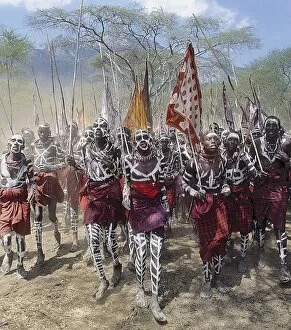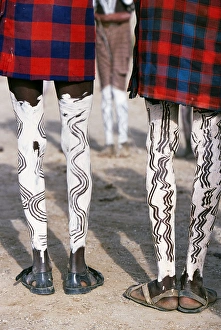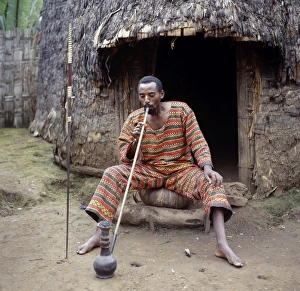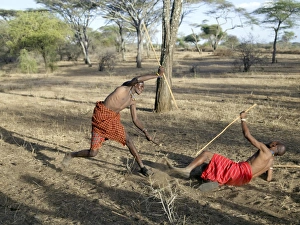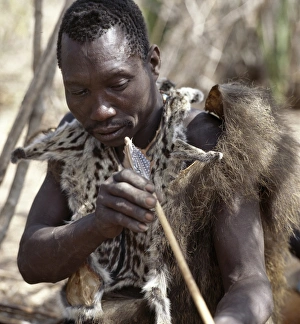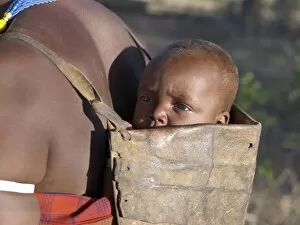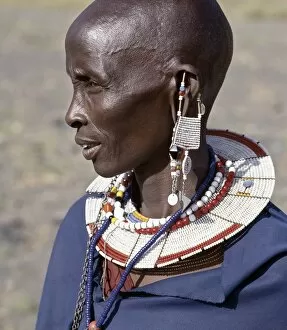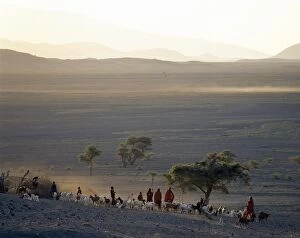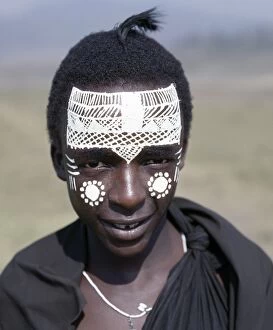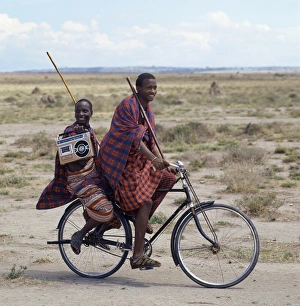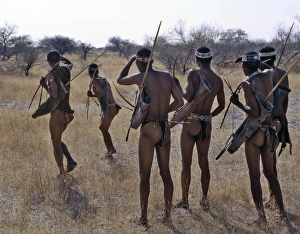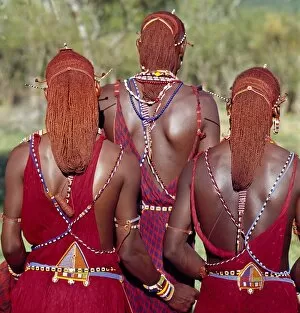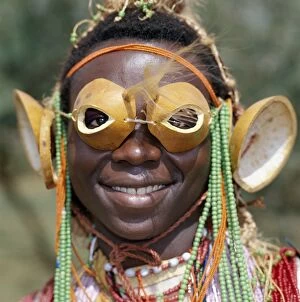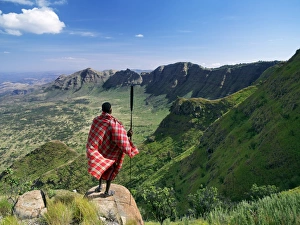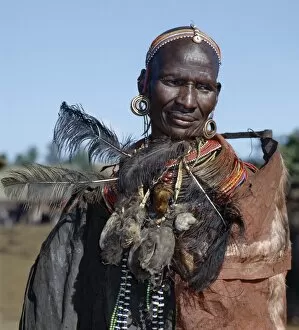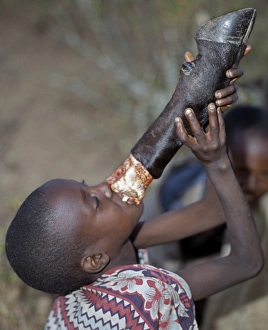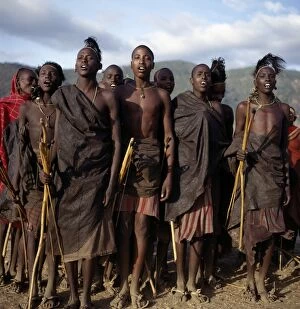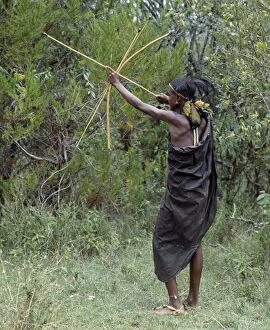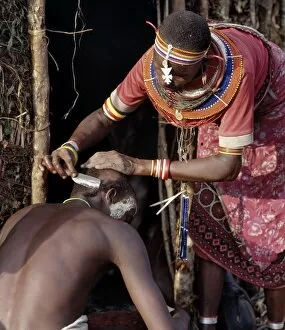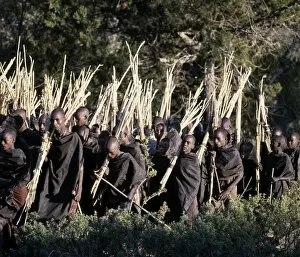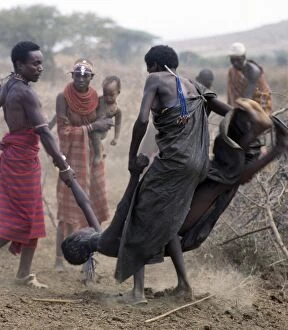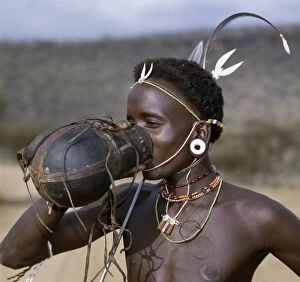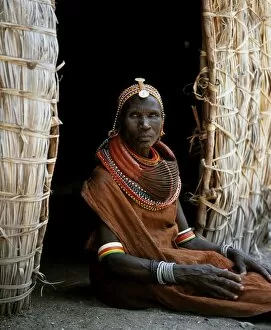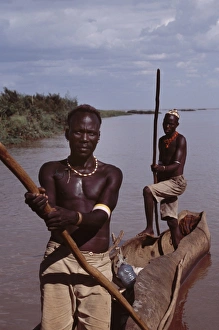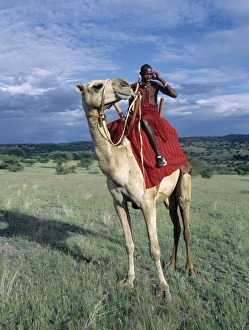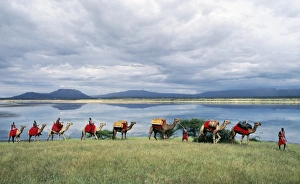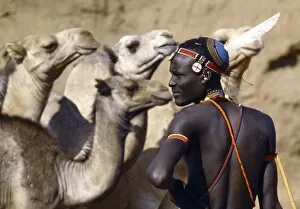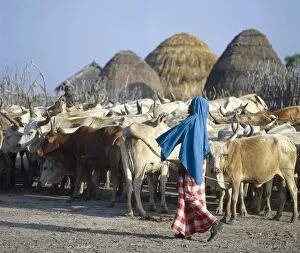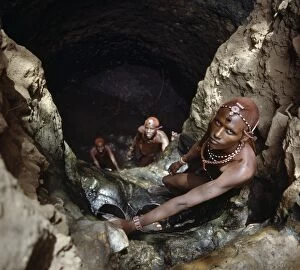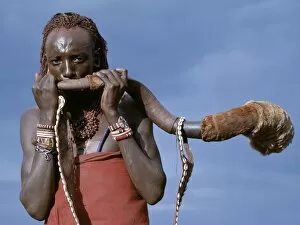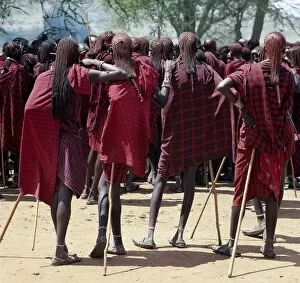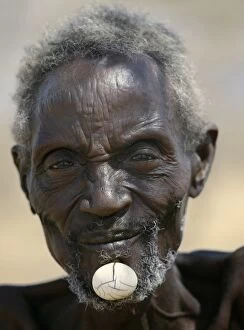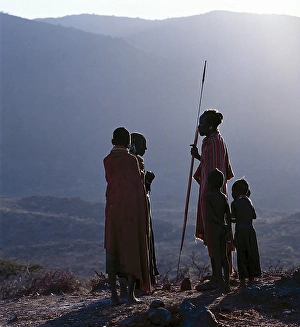Tribal Clothing Collection (page 2)
"Exploring the Vibrant World of Tribal Clothing
All Professionally Made to Order for Quick Shipping
"Exploring the Vibrant World of Tribal Clothing: A Glimpse into Ancient Traditions" From the young Msai girls adorning their faces with ochre to a Hadza hunter indulging in cannabis through a crude stone pipe, tribal clothing unveils captivating stories and cultural practices. Witness the allure of tradition as a Himba woman, her body gleaming from red ochre, proudly dons her traditional attire. Transporting us back to the 1960s, an old Kikuyu lady carefully picks coffee beans while wearing garments steeped in history. Delve deeper into this rich tapestry as we discover that almost every Himba woman gracefully wears anklets, symbolizing grace and femininity. Journeying to Kenya's Coast Province, we encounter a Giriama girl carrying age-old secrets within her vibrant ensemble. The rhythmic beats resonate as Himba women perform the otjiunda dance, showcasing their unity and ancestral heritage. In awe of Zulu warriors dressed in traditional garb adorned with fighting spirit, we witness their unwavering pride and strength. A Samburu warrior stands resplendent with long braided hair drenched in ochre - an emblematic representation of his tribe's identity. Meanwhile, two young Datoga boys exude innocence while clad in intricate beadwork that narrates tales passed down through generations. Immerse yourself further into this enchanting world by witnessing a Hadza hunter skillfully navigating nature's bounty for sustenance. Each thread woven together tells tales of resilience, spirituality, and community bonds that have stood the test of time. Tribal clothing serves not only as an outward expression but also encapsulates profound meanings ingrained within cultures worldwide. Let these glimpses ignite your curiosity about our shared human history and inspire appreciation for these ancient traditions that continue to thrive amidst modernity.

